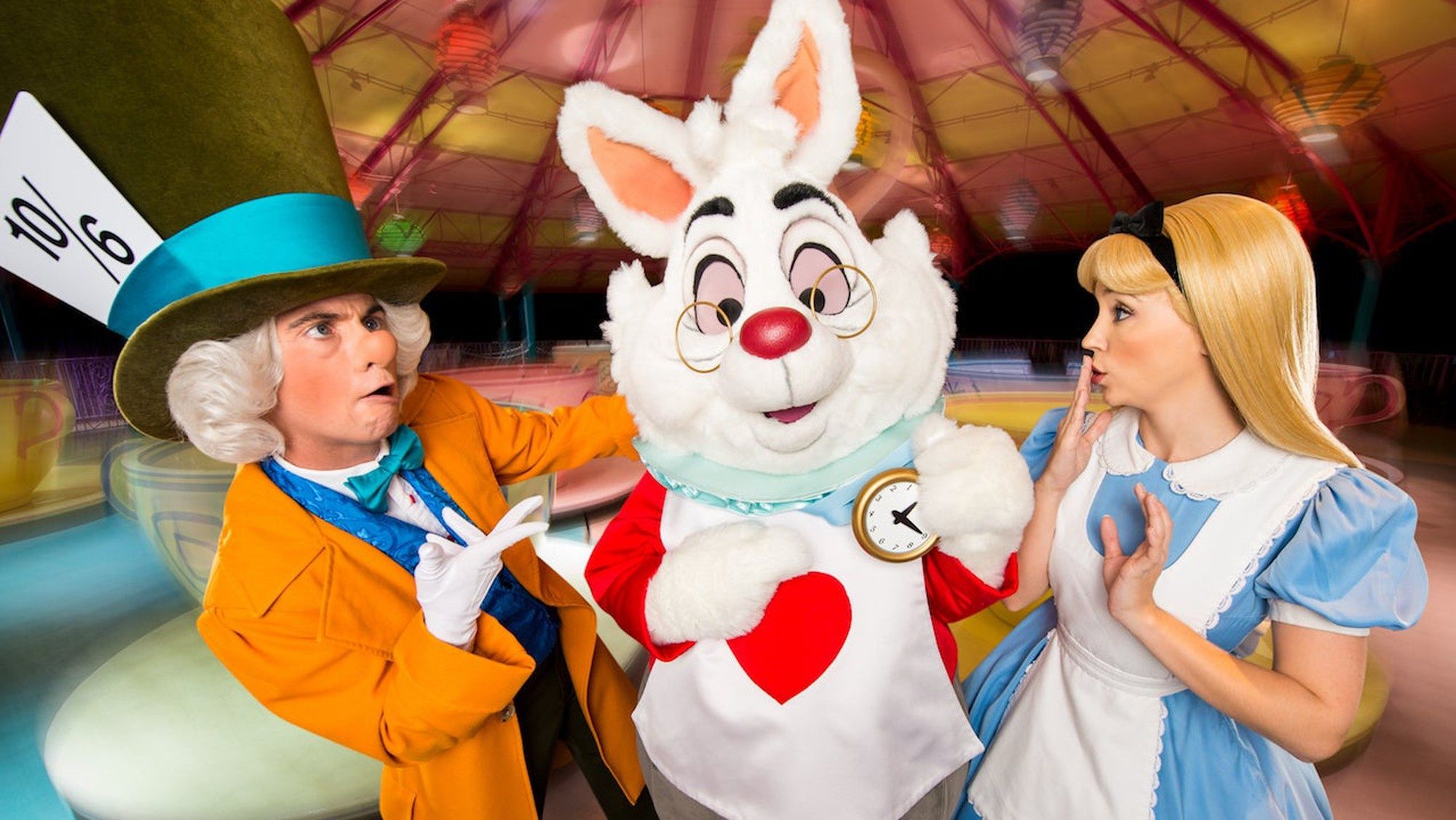The early numbers are in for Walt Disney's (DIS +0.40%) streaming service Disney+.
So far, the entertainment giant's new service is a smash hit. It nabbed 10 million subscribers on its opening day, which includes presales, as it launched in the U.S., Canada, and the Netherlands. In a brief statement, Disney said it saw "extraordinary demand" for the "highly anticipated streaming service," news that sent the stock up 7.3% that day.
There's little question that the launch was a big success, as the 10 million sign-ups put the service well on its way to reaching 60 million to 90 million subscribers by 2024 -- and all that came before it's launched basically anywhere outside North America. Despite that strong opening, investors may want to tamp down their expectations for the new streaming platform for a number of reasons.

Image source: Disney.
There goes the low-hanging fruit
The strong launch of Disney+ isn't necessarily a favorable sign for the platform itself, though most of its original shows have been well-received so far. Rather, it's representative of the pent-up demand for a Disney streaming service, which also includes content from Marvel, Pixar, Star Wars, and National Geographic.
Investors and Disney fans alike had been asking for a streaming service for years, and coming 12 years after Netflix (NFLX 1.96%) and (now Disney-owned) Hulu launched streaming services, Disney+ seems a little late to the game. But those fans of Star Wars, Marvel, and Disney's other content were happy to hand over their money, especially at a low rate of $6.99 per month, for whatever streaming service Disney wanted to offer. They didn't need to be sold on the product. They already were.
Disney+ is offering a free one-week trial, so a certain percentage of the 10 million sign-ups are likely to quit before the bill comes. But we know there's huge demand for Disney's content, based on the box-office numbers for movies from the company's major studios -- including Pixar, Marvel, and Lucasfilm -- as well as on the millions of people who flock to Disney theme parks every year.
It may be more difficult for Disney, however, to persuade people who may not be enamored with the latest Star Wars or Marvel debut to sign up for Disney+.

Some of the original content on Disney+. Image source: Disney.
The originals game
Though The Mandalorian has gotten rave reviews from many new Disney+ subscribers, the bulk of its subscribers likely joined because of its library of legacy content. That includes Disney animated classics, many of the hit movies from Marvel Studios and Lucasfilm, and hundreds of other films supplied with the help of its recent acquisition of Fox's film studios.
Compared to its new streaming rivals like Netflix, HBO, and Amazon Prime Video, Disney's original fare is rather thin at its debut. There are nine original series and two original films, though the company has several other series lined up to launch over the next two years.
Ultimately, Disney+ is likely to be judged on its original content, which will determine whether the service is able to expand its ecosystem beyond customers who are already hooked on Disney products and entertainment. Though Disney+ clearly has a formidable stable of legacy content, Netflix and other streamers differentiate themselves from one another through original programming, spending billions to do so. In other words, Disney has a huge head start with its library, but it will also have to keep subscribers and attract new ones with new content.
Not a Netflix killer
The other big question coming into the Disney+ launch was whether it would be a "Netflix killer," taking momentum away from the leading streamer just after it reached 60 million U.S. subscribers. However, Disney+ is mostly playing to its own audience, with shows and movies made for Marvel and Star Wars fans, as well as plenty of children's content, the company's traditional focus.
That's much different from Netflix's strategy. That company has aimed to be all things to all viewers, with not only children's content but also adult-themed shows -- centering around drugs and violence like Ozark and Narcos, or gangsters like the film The Irishman -- the type of entertainment unlikely to be found on Disney+.

Image source: Getty Images.
A win for viewers
Ultimately, the biggest winners in the launch of Disney+ are likely to be the viewers, who are getting a deal with the service's $6.99-per-month price, or a bundle adding Hulu and ESPN+ for $12.99 per month, the same price as a standard Netflix subscription. Though investors cheered the news of the 10 million sign-ups, Disney itself has said it doesn't expect the service to be profitable until 2024, and the company is likely to take on billions of dollars in losses before then. There's even more red ink when you factor in Hulu and ESPN+, and the fact that success at Disney+ will likely come at the expense of cable subscriptions, hastening cord-cutting.
Launching the Disney+ streaming service is the right move for the company strategically, and should pay off in the long run, provided that the content quality is there. But streaming isn't the financial slam dunk that investors might hope for. Netflix is still losing money on a cash basis -- and it now has 160 million subscribers. With only 10 million subscribers so far, Disney+ has a lot of catching up to do.







